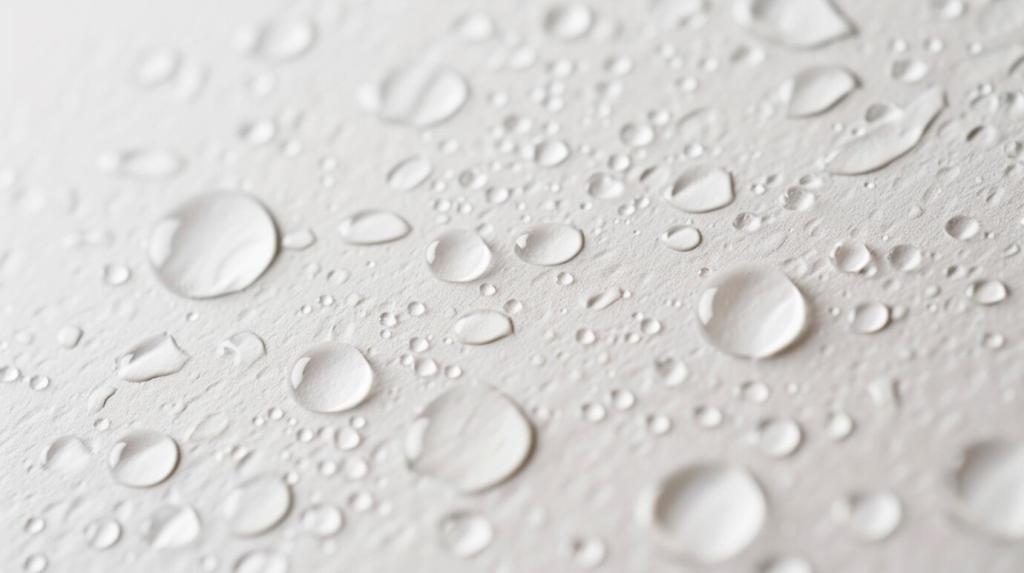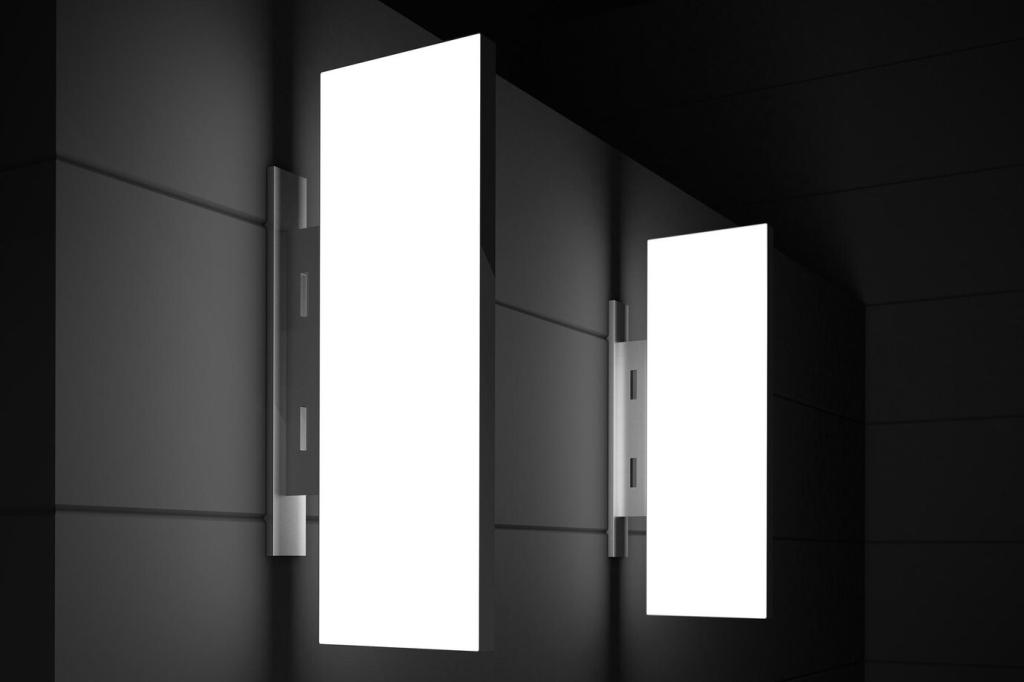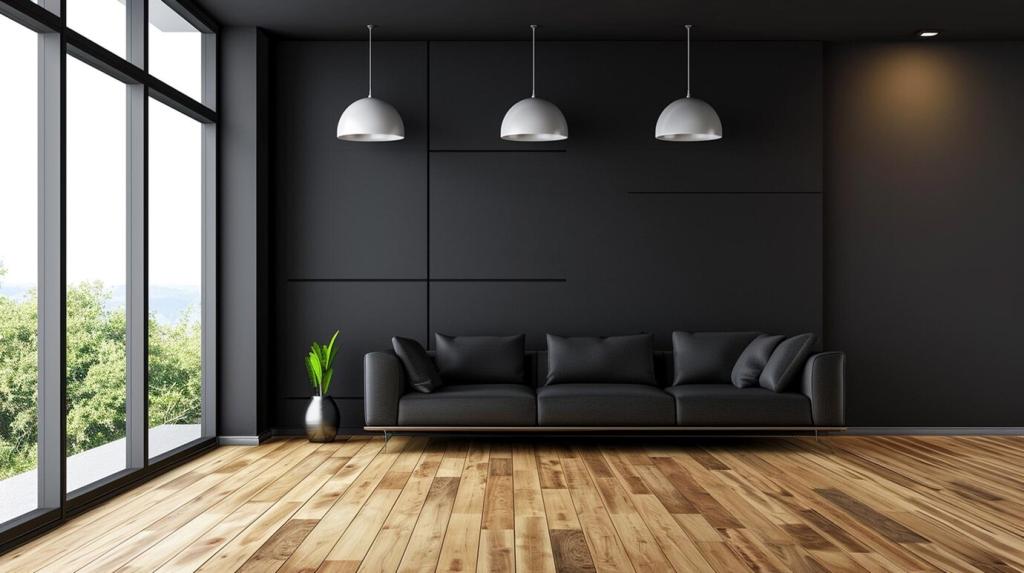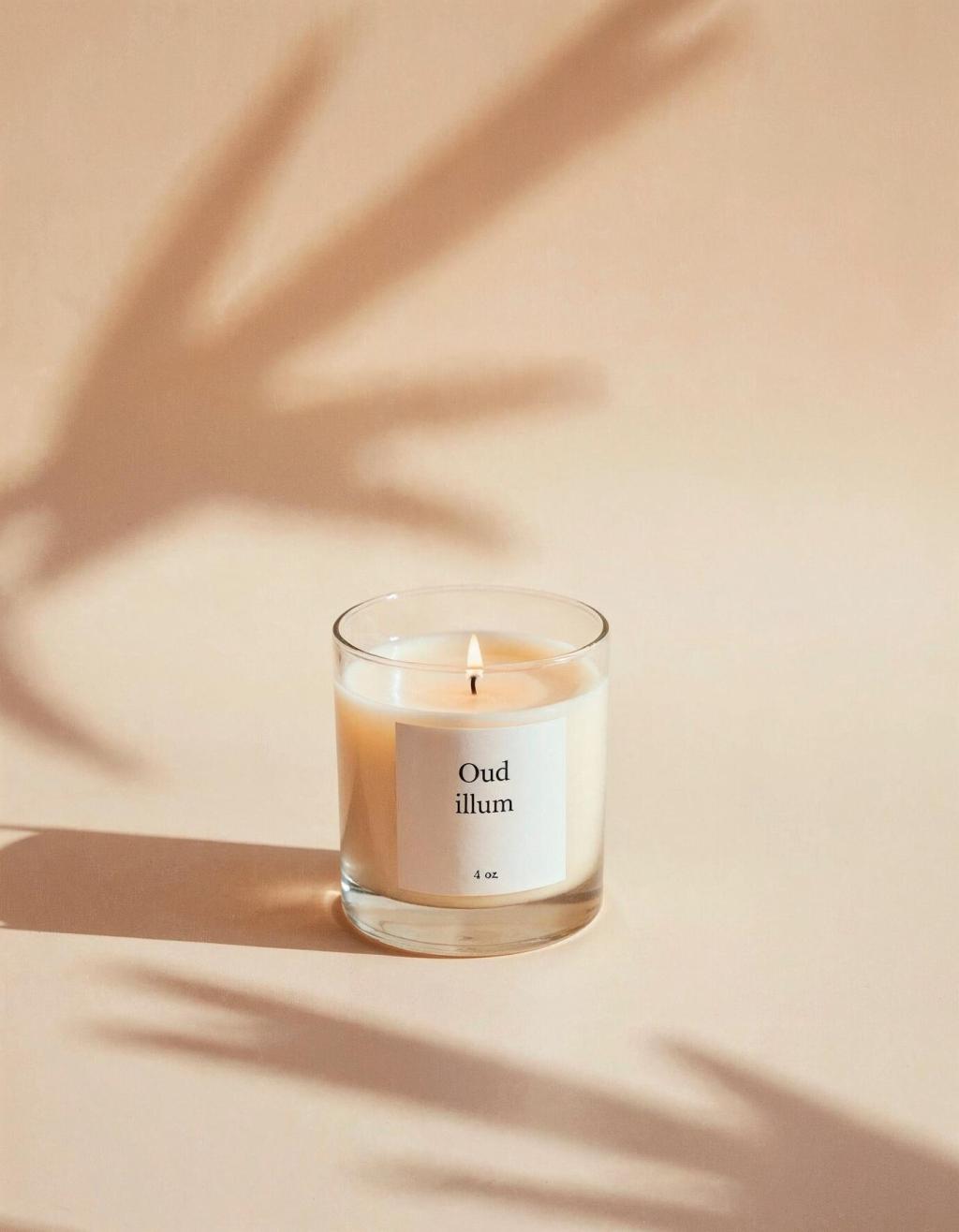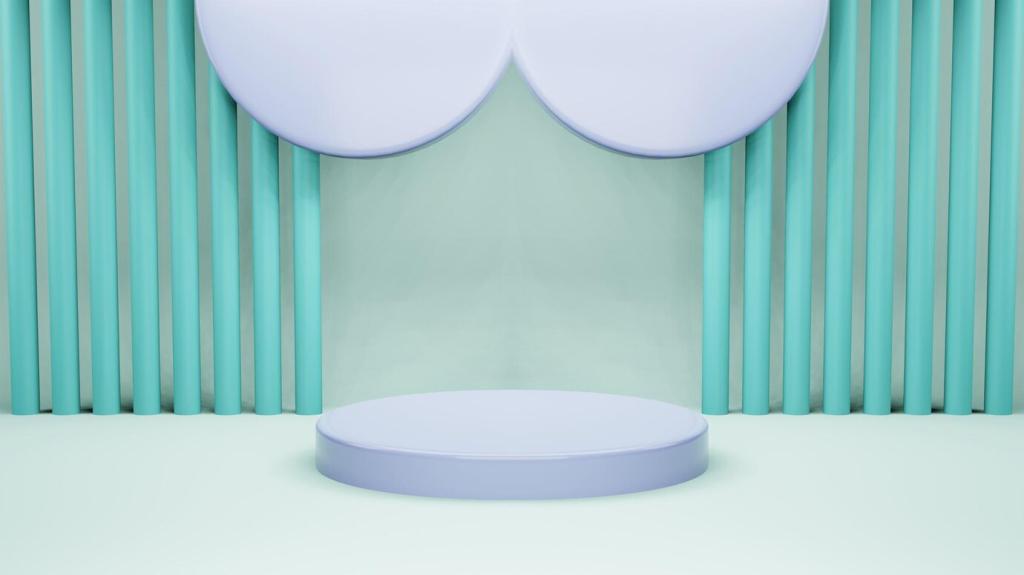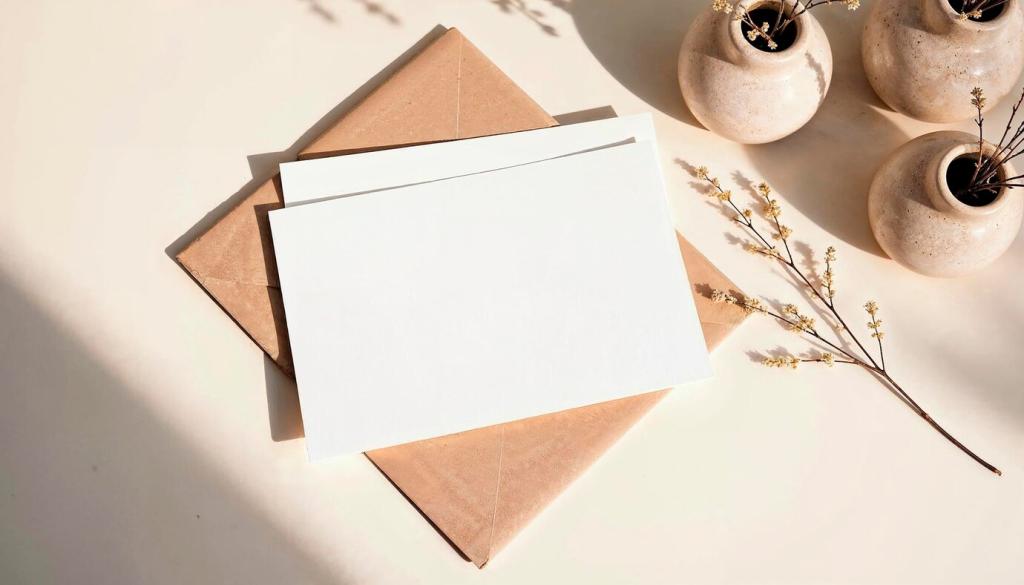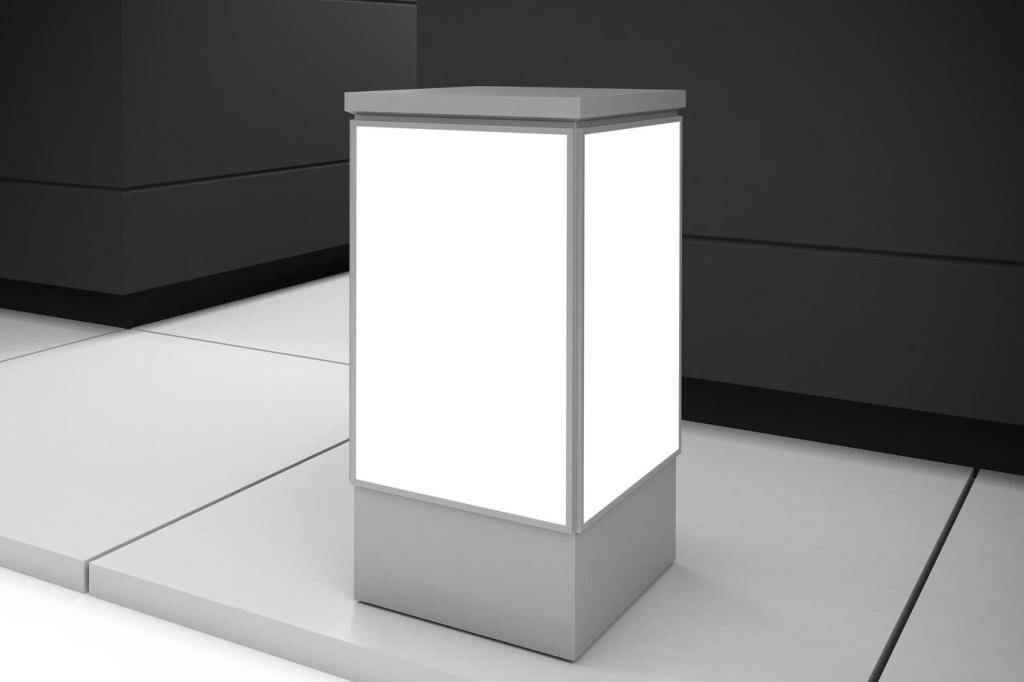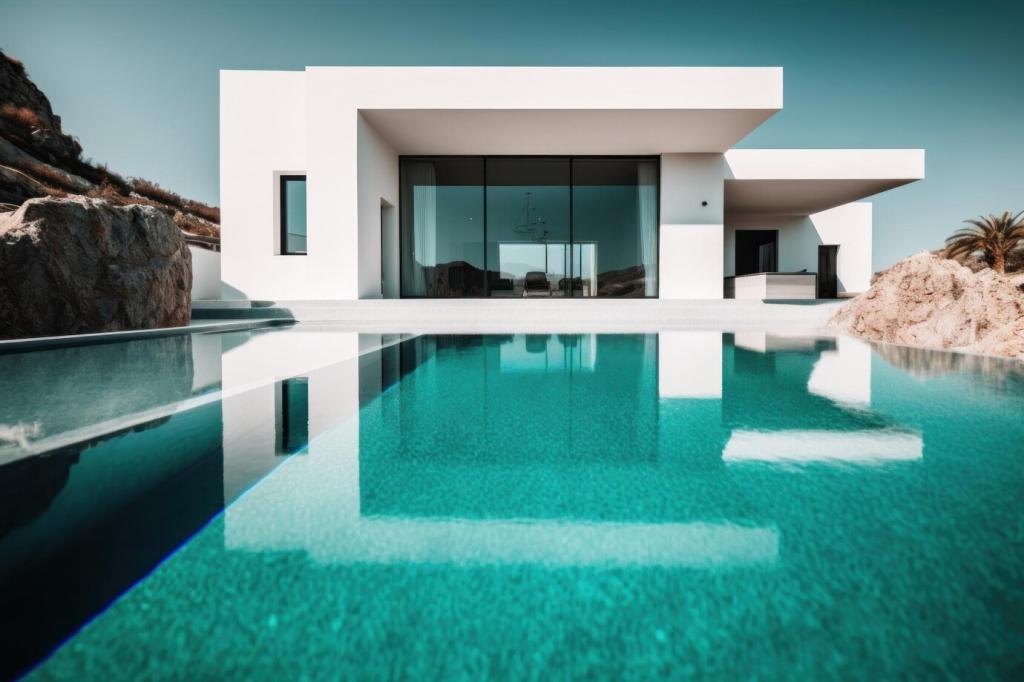Decluttering with Purpose, Not Deprivation
Set up four bins: Keep, Donate, Recycle, Repair. Work clockwise, surface by surface, for focused wins. A reader named Maya cleared her 220-square-foot studio in one weekend, and her mornings now start without a single frantic search.
Decluttering with Purpose, Not Deprivation
Minimalist design includes invisible storage. Scan receipts, warranties, and manuals into cloud folders with clear names. A slim file for essentials stays, everything else goes digital. Your desk looks larger, and your brain suddenly feels lighter.

